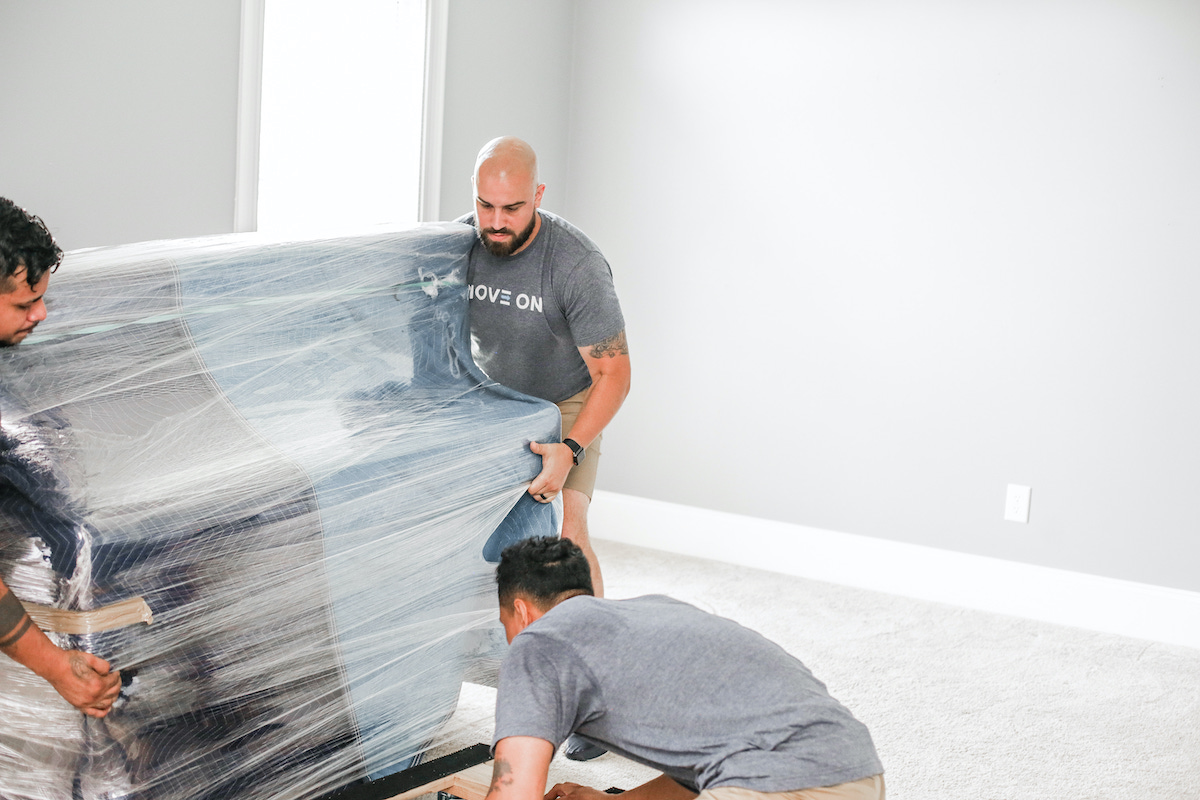Moving to a new home can be an exciting adventure, but when it comes to long-distance moves, the logistics can …

Pianos are gorgeous, delicate instruments that deserve the utmost respect and care daily. With thousands of moving parts and components, you need to take extra care when moving them (or placing them in storage) so you don’t cause any unwanted damage—not to mention the costly repairs or injuries that could come with it.
If you have reached the point where you are needing a piano moved, there are a few things you need to consider:
- Is your move local or long distance?
- What brand of piano do you own?
- Is your piano grand or upright?
- What are the width, length, and height?
- What’s the distance between the current location and the exit of your home?
Moving a piano can be hard and [at times] dangerous, so your move will proceed a lot more quickly if you’re organized.
Do: Take Measurements
Aside from the weight and delicate nature of your instrument, you need to take measurements of any doorways, stairwells, and other structural challenges of your current dwelling. How wide is the path to the front door? Do you live on a higher floor of an apartment with no elevator?
Taking down measurements will help you determine the best course of action for moving it out of your home and help you acquire the right packing and moving materials you need to make it happen.
Don’t: Push or Pull on the Piano
The decorative wheels on most pianos may seize up when you try to use them since they’re rarely used. When you try to push or pull the piano, the locked-up wheels can cause added stress to the legs, possibly breaking them.
Do: Be Mindful of Tuning
One thing that will be important to consider before and after a piano moving experience is the tuning of your instrument. Due to the change in climate or location, your instrument may experience low amounts of stress that can un-tune it. We recommend having your piano tuned soon after the moving process. Be aware that it may take a few tuning sessions for your instrument to be in tip-top shape.
Don’t: Place Anything on the Top
Since you own a piano, this should be self-explanatory! Treating your piano like a shelf—even when moving—is frowned upon because you don’t want to cause any destruction to it, like water damage, scratches, excessive weight, or heat damage. Instead, make sure the surfaces are cleared before, during, and after you’ve taken them out of your home.
Do: Remove Any Extra Pieces
Safely remove any legs, pedals, lids, or music racks and ensure they are well secured and looked after. Taking these precautionary protective measures will prevent unwanted damage to floors, walls, and doorways.
Don’t: Wrap Anything in Plastic
Plastic is non-breathable. Once you’ve wrapped anything up in it, air will not be able to circulate—which is not ideal for pianos. Instead, use cloth-based padding and materials since they are breathable. Using a padded dolly or moving piano board can also assist in safely carrying your instruments out of the house.
Do: Contact Piano Moving Professionals to Help
We understand the desire to DIY, but there are so many benefits to using a qualified, professional piano moving company. For starters, you don’t have to do any heavy lifting! Upright and grand pianos are massive in size, weight, and scale.
Transporting a piano from one room to another takes a lot of steps, time, and special equipment, which professional moving companies—like Move On—have in their inventory. Plus, experienced piano movers understand how to properly pack your piano to ensure it won’t be scratched or damaged during the move.
Ready to get started? Contact the expert piano movers at Move On today for an instant quote!


